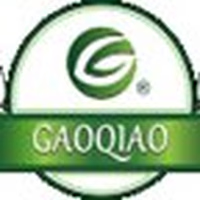Recent trade and economic data reveal a noteworthy trend in China"s agricultural sector: while the percentage of agricultural raw materials exports remains relatively stable, imports as a percentage of merchandise imports are experiencing fluctuations, dropping from 2. 88% in 2020 to 2. 65% in 2021, before slightly increasing to 2. 68% in 2022. This indicates a shifting reliance on imported food materials, which can present unique opportunities for both local and international suppliers in the food industry. Despite a declining rural population — a reduction from 544 million in 2020 to 514 million in 2022 — China continues to see value added from agriculture, forestry, and fishing grow in GDP terms, rising from $1. 13 trillion in 2020 to $1. 31 trillion in 2022.
This growth is supported by improved cereal yields and a robust livestock production index, signaling enhanced productivity and a potential increase in demand for diverse food products like tea, coffee, and spices. Moreover, the food production index, which climbed from 105. 49 in 2020 to 111. 75 in 2022, underscores a thriving domestic food production sector. However, China’s agricultural employment is gradually decreasing, with female employment in agriculture dropping from 19. 6% in 2021 to 18. 9% in 2022. This shift could drive investment into technology and efficiency improvements, making sectors like canned foods, pickles, and snacks ripe for innovation.
As businesses look to navigate these evolving dynamics, Aritral. com offers an AI-driven B2B platform that simplifies international trade in commodities and raw materials. With services such as Product Listing, Direct Communication, and AI-Powered Marketing, Aritral empowers businesses to connect efficiently with potential partners. By leveraging Aritral"s tools, companies can enhance their global sales efforts and manage profiles effectively, addressing the market"s need for reliable communication and robust trade assistance. "
-
 Hunan Hongda Tea Factory 6 months ago
Hunan Hongda Tea Factory 6 months ago China
CHINA GREEN TEA
China
CHINA GREEN TEA
100% natural CLEAN AND NEAT, TIGHT AND DRIED FORMS OF TEA. The tea soup is rich in foam, dark brown in color, rich in chestnut aroma, rich and mellow,...Details

